
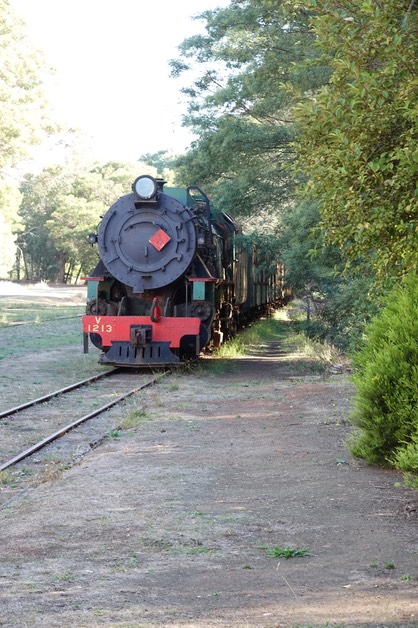
From one enchanted forest to another we travelled northwest to Pemberton. Here the Karri trees take the place of the Red Tingles. Their silvery grey trunks splashed with salmon pink and orange extend even higher into the sky than the red tingle trees. 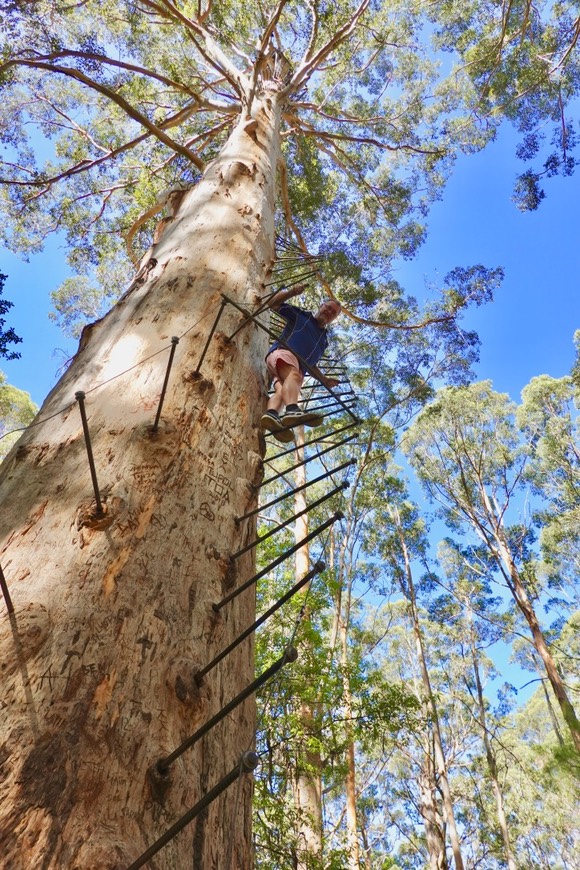 They can reach up to 95 metres and are only surpassed by the American Redwood and the Eucalyptus Regnans in Tasmania.
They can reach up to 95 metres and are only surpassed by the American Redwood and the Eucalyptus Regnans in Tasmania.
After dropping off the caravan at the local Camping Park I let Austin loose on some dirt roads. One was aptly named “Heartbreak Trail” extending from a hazardous but beautiful 4WD through the National Park to a very difficult walking track (which we wisely skipped). As the Ford Ranger whirled up orange dust clouds and agitated flocks of brightly coloured parrots the canopies above us were an amazing sight! Luckily Austin kept his eyes peeled on the curvy tracks avoiding close encounters with the tall tree trunks by mere centimetres. 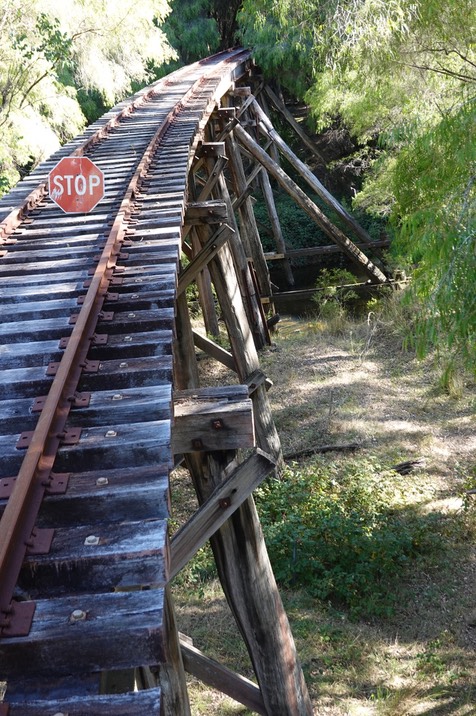
After this heart pumping aerobic exercise we chose a more relaxed option to get from the dreamy town of Pemberton to the Warren River and "The Cascades". We took to the rails, however, not as I thought in a 1920 steam train, but in a rickety tram car!
Just when we relaxed with the scent of peppermint bush in our noses, the tram car rattled onto the first of 6 wooden trestle bridges, a roller coaster like construction which, thinking of their age, didn’t fill us with confidence. However, unlike the fairground variety our car edged very slowly across and by bridge number 4 we started to be nonchalant. We passed old timber mills and were glad that the early settlers left some Jarrahs and Karri Trees standing so the forest could regenerate.
Due to the very dry weather the cascades were a mere trickle, but leaving for
Margaret River the next morning, we hoped that at least the good wine would be flowing. 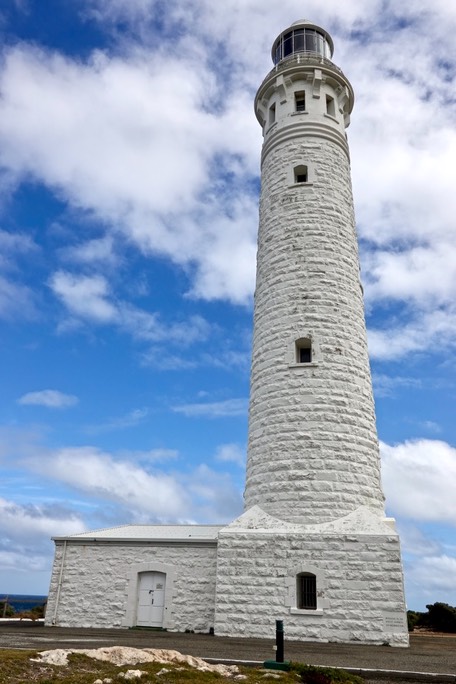
Here we had booked one of the few affordable sites, a paddock among horses, kangaroos and a scavenging donkey.
Our first port of call however was the Margaret River Dental Clinic to replace a major filling, Austin had lost the previous day - probably due to the corrugations of the dirt roads! He asked for a drop of Margaret River wine as an anaesthetic, but the surgery still used the "old fashioned" injections. With his tooth fixed we did a little shopping including a couple of local wines and some pear cider, and Austin was drooling happily out of the corner of his mouth.
From then on it went downhill! Austin had planned a roundtrip leading past many wineries but leaving no time to stop and cleverly finishing after wine tasting closing time. First we drove to nearby Augusta and the most southern point of the continent here in the West, Cape Leeuwin. It is here where the Southern and the Indian Ocean meet by splashing wildly over a vast array of rocky outcrops, so that ships have to keep a respectful distance of at least 40kms from the coast. Captain Mathew Flinders was the first to map these Southern coastlines and being aware of the fact that the Dutch had been here long before the English, he fairly named the Cape after the Dutch boat “Leeuwin”. After all, before 1850 Australia was greatly known as “New Holland”.
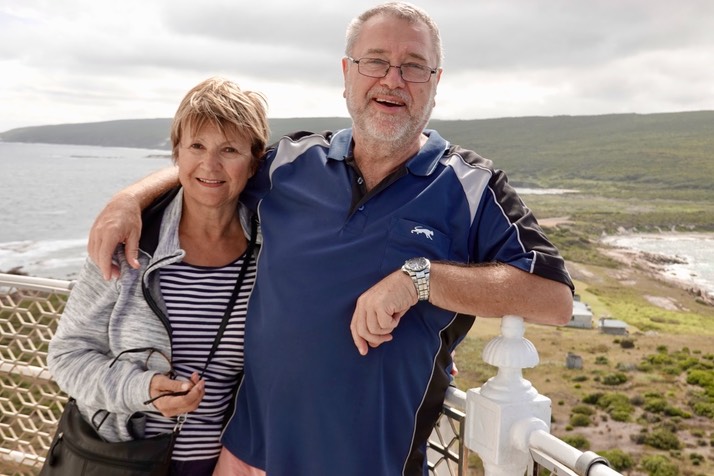 The lighthouse was built in 1895 with stones from a nearby quarry. It stands 16m above sea level and is 40m high. We took a tour climbing the 179 steps to the top, to “the light between oceans”, so to speak (if you haven’t read the book by M. L. Stedman, its a great read!). The wind around the lighthouse is so strong that the whole structure of 2m thick base walls and 1m thick top walls sways lightly in the strong ocean breeze.
The lighthouse was built in 1895 with stones from a nearby quarry. It stands 16m above sea level and is 40m high. We took a tour climbing the 179 steps to the top, to “the light between oceans”, so to speak (if you haven’t read the book by M. L. Stedman, its a great read!). The wind around the lighthouse is so strong that the whole structure of 2m thick base walls and 1m thick top walls sways lightly in the strong ocean breeze.
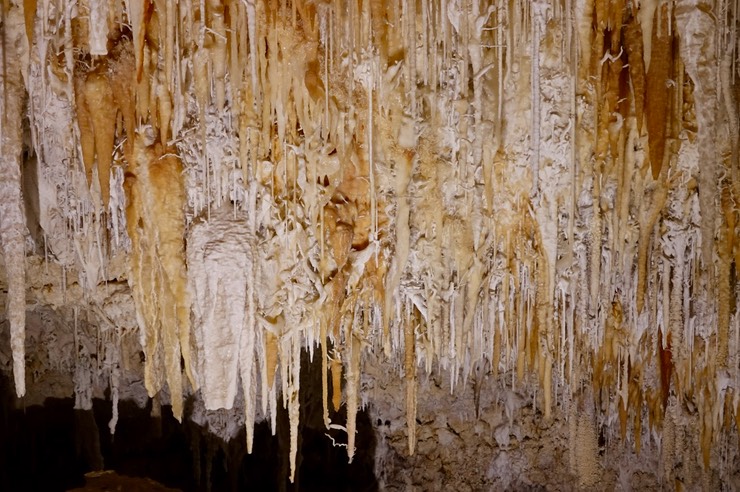
A quick cup of coffee and I hardly caught my breath before Austin rushed us off to one of the most fantastic caves we have been in, The Jewel Cave. The “Cave Road" extents from Augusta to Dunsborough along an area where approximately 100 caves have been found. The Jewel Cave was the last to be discovered in 1957 and has therefor been expertly preserved with the newest scientific know- how. This cave has everything: so-called “waterfalls”, stalactites and stalagmites in every conceivable size and formation, helictites which extend horizontally and the longest known “straw" , a very thin, hollow structure.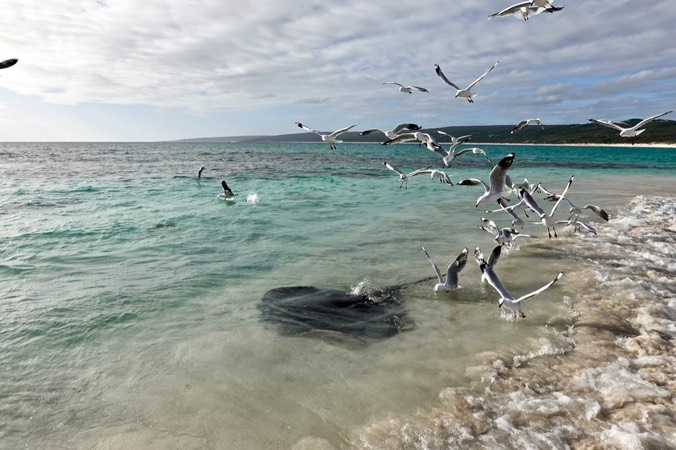
Off we went again down a couple of dirt tracks and on to Hamelin Bay known for being a playground for Stingrays. Soon enough we were following the movements of two large rays attracted by a fisherman’s scraps. Like lunchers at Manly Beach they had to compete with a colony of greedily diving and snatching seagulls.
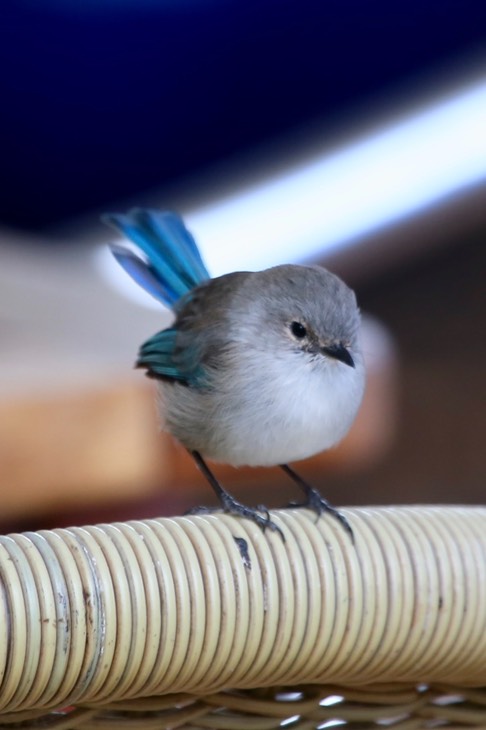
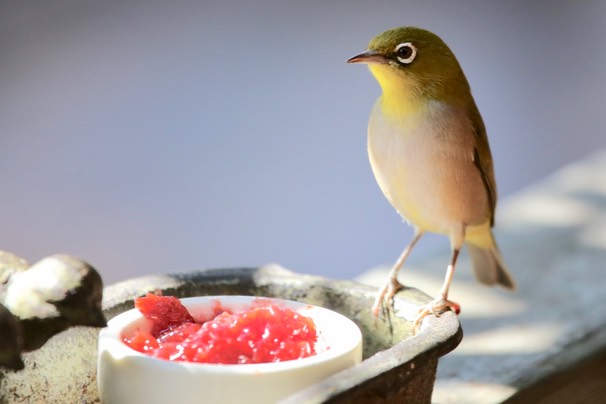
Today, under the pretence of finding the elusive male blue wren Austin wanted to photograph, I finally managed to lure him to the gardens of a Berry Farm/ Vineyard, where there were plenty of wrens plus a few Silver Eyes and New Holland Honey Eaters.
After trying their cider Austins resistance was lowered to such an extent that after promising a later visit to Bunnings Hardware he agreed to visit another Margaret River winery.
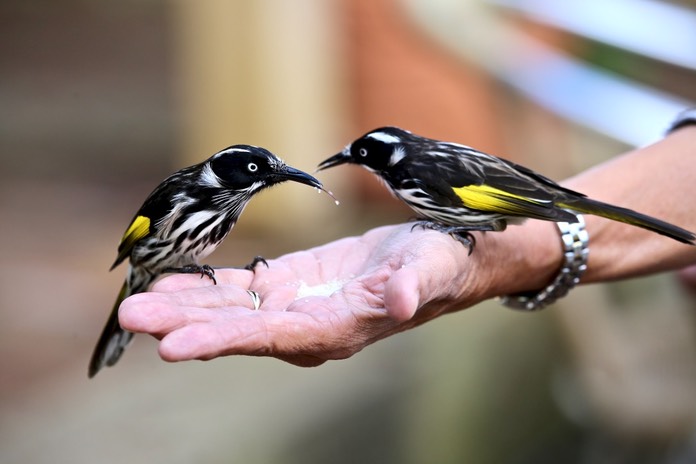
As we sadly had to say farewell to the beautiful forests of South WA we welcomed the milder temperatures along the coast.
Over the last few days, while the more seasoned campers sat outside way past sunset, we retreated quickly indoors. Even a double layer of clothes didn’t do the trick. But now we were looking forward to outdoor barbecues at night and discarding our hoodies.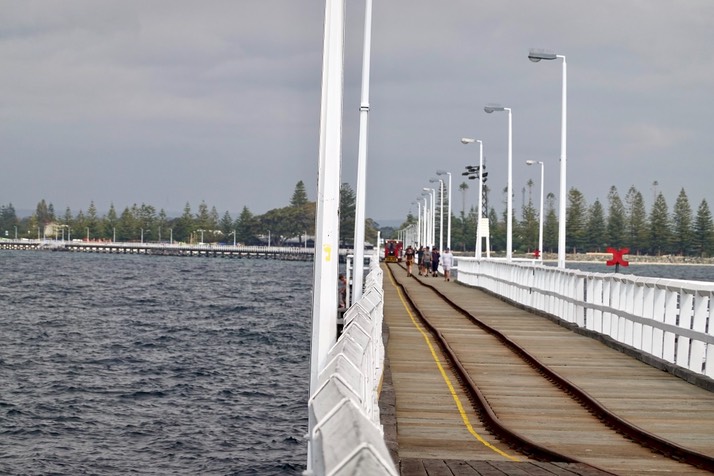
At Busselton by the sea it was still a little too windy for late night star gazing, but much more pleasant during the day. We set off on a 7 km bike ride to the famous Busselton Jetty.
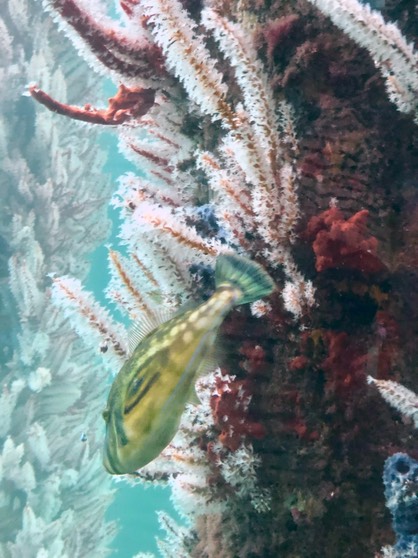
At 1.841km length it is the longest jetty in the southern hemisphere. Originally built to bridge the very shallow waters of the bay and enable ships to dock it is now a major tourist attraction and an ideal fishing spot for the locals. A miniature train takes one right to the tip where an underwater observatory gives a glimpse of what dwells underneath the surface.
We are off to the capital now to catch up with friends and the vibrant Canal Capers, a group of enthusiastic boaties sailing the European waterways like us.